It worked as an experiment in season one. It worked again as an event in season two. And now in its third season, the SA20 is an established part of the South African summer, so much so that this is the first time it will not clash with the national team’s fixtures.
South Africa’s home internationals concluded on Monday, with victory over Pakistan in the New Year’s Test, and will resume on February 10 in Pakistan where they will play in a short ODI tri-series ahead of the Champions Trophy. The SA20 final will have taken place just two days before that. Some players may feature in the final as well as the first ODI after SA20 commissioner Graeme Smith confirmed the league and the national side have learnt to co-exist. “We’ve worked with Cricket South Africa on that,” he said. “Those who are involved in the [SA20] knockout phases will join in Pakistan for the tri-series. They will all be available for the first game.”
Perhaps the next challenge will be to see whether or how the SA20 impacts the national team, maybe not as soon as the Champions Trophy, but in years to come. Much like the IPL in India created a level of professionalism and opportunity for cricketers (and ultimately contributed to the success of a T20 World Cup trophy in 2024, albeit 16 years after the inaugural edition), the SA20 sees itself as the bridge between a domestic system that may undergo another overhaul and a national team that has seen unprecedented success with qualification for their first T20 World Cup final last year.
“Right from the beginning, we were quite open and honest that we felt that we needed to close the gap between domestic cricket in South Africa and the standard of international cricket,” Smith said. “We have six franchises that are competitive, they’re going to the top medical staff, top physios, good coaches, and the players are also playing at a high standard, with the best players in the world and against the best players in the world.”
South Africa’s 15-team two-tier provincial domestic system is costing CSA more than it can afford, even with SA20 profit and increased prize money from ICC events. On Monday, as the Test was being completed, the suits across the provinces met for a discussion around the sustainability of cricket in the country, which is another way of saying they got together to explore the possibility of cost-cutting. Though nothing concrete has emerged from those conversations, it is understood that cutting the number of teams is being seriously considered. That could mean a smaller number of professional players but more fixtures for fewer teams; essentially a quality over quantity argument which, in theory, will strengthen the player pool.
That’s also where the SA20 comes in. As an intensive and competitive four-week event, which also features some of the highest-profile global names, it hopes to provide entertainment and position itself as a feeder for the national side. Its biggest success story came last year, when Ottneil Baartman, the leading bowler until he was leapfrogged by his team-mate Marco Jansen in the final, did enough to get a place in South Africa’s T20 World Cup squad. Baartman played in five of South Africa’s nine matches and was their most economical bowler at the World Cup and one of 12 to concede at less than five runs an over. He is one of the players who benefited from having bright lights on him in a domestic tournament before he had to perform on the international stage. “So many domestic young cricketers coming up have never experienced that level of TV production and crowds,” Smith said. “Hopefully [with that exposure], more and more players will challenge for places at the Proteas.”
This season, some of the younger crop to keep an eye on include Under-19 stars Lhuan-dre Pretorius and Kwena Maphaka (both Paarl Royals), Steve Stolk (Pretoria Capitals) and recently capped white-ball international Andile Simelane (Sunrisers Eastern Cape). All of them are among a group that could make up the future of the national side. They’ll be rubbing shoulders with the likes of Faf du Plessis, David Miller, Keshav Maharaj, Heinrich Klaasen, Kagiso Rabada and Tabraiz Shamsi.
Of the most recent South Africa’s ODI squad, only two players – Temba Bavuma and Tony de Zorzi – will not be part of the SA20 but both of them have been part of the tournament in the past. Bavuma was initially unsold in season one but picked up a deal with Sunrisers after a century in an ODI against England. He has since been released. De Zorzi played for Durban’s Super Giants in season two. Neither were picked up at this season’s auction, and Bavuma, in particular, continues to face criticism over his white-ball form.
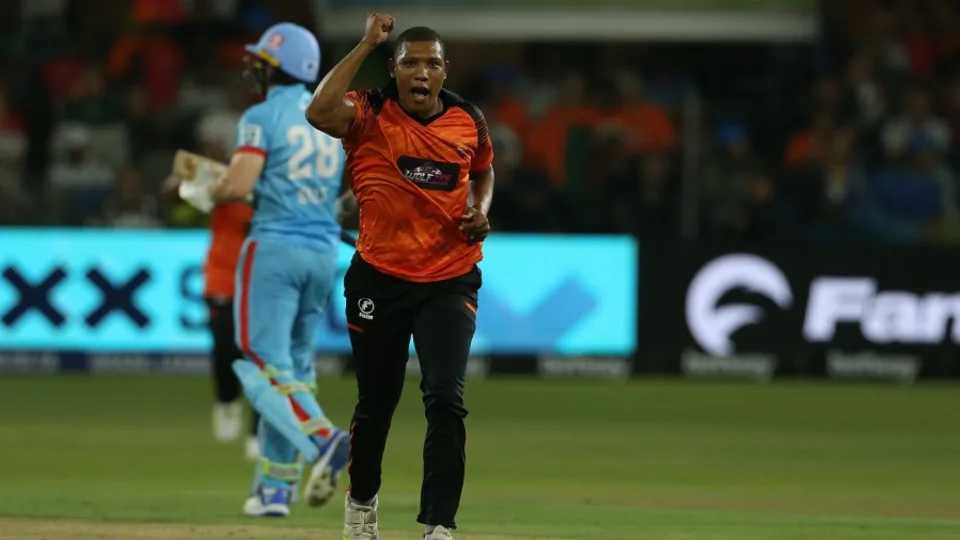
With no other cricket taking place in South Africa during the SA20, Bavuma, de Zorzi and several others who did not get SA20 deals will spend part of the peak summer period idle. This is something CSA may need to address in future, especially if players who need to get game-time are unable to because of scheduling. For now, that would seem like a small problem amid the many solutions CSA has already found.
The SA20 has turned a profit since its first year and CSA benefits from being a majority shareholder. It is popular both in stadiums and on screens, with 70% of all available tickets sold out last year and a 21% increase in global viewership from the first season to the second. At a time of year when people are tightening belts and making resolutions, it has convinced them to still get to the country’s six premier grounds, attempt a one-handed catch to win a share of millions of Rands, and enjoy an experience that borders on gimmicky but still retains cricket-watching ethos. After the failed Global League T20 and Mzansi Super League, the SA20 has worked, and now South African cricket’s entire ecosystem is embracing working with it.

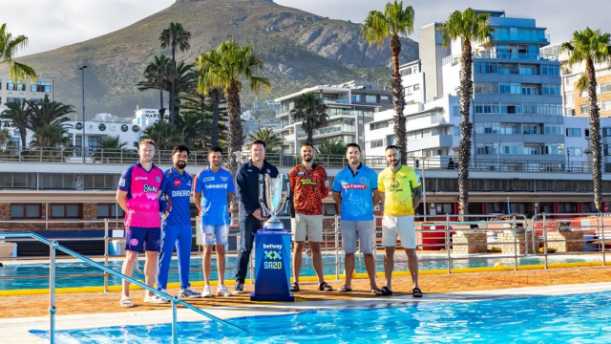

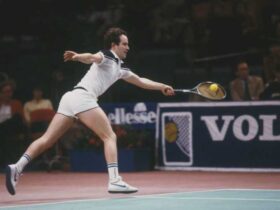
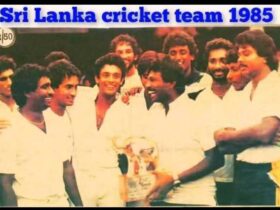

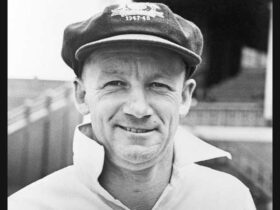
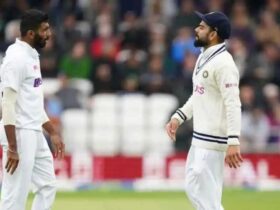
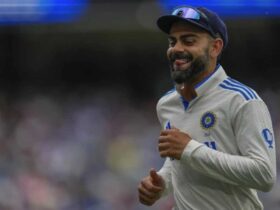


Leave a Reply